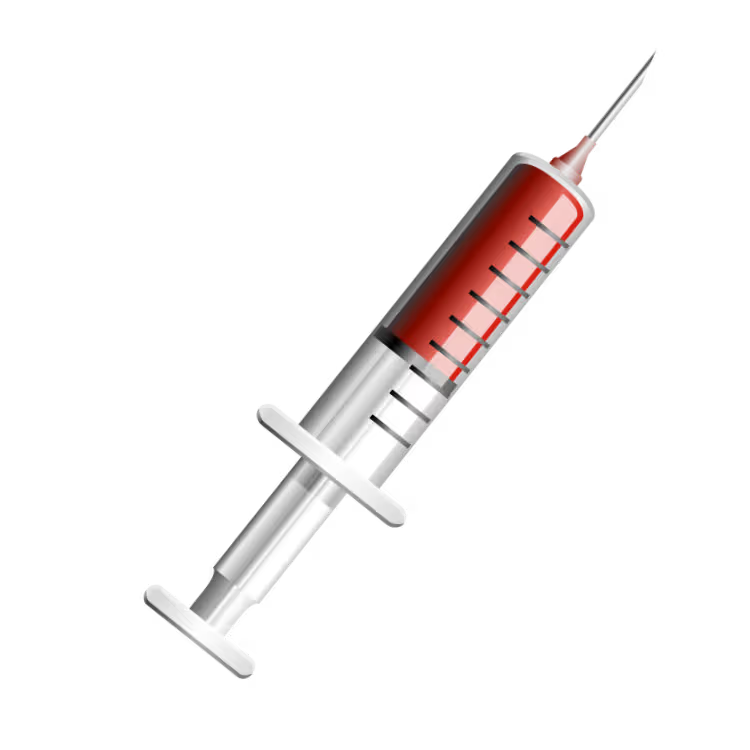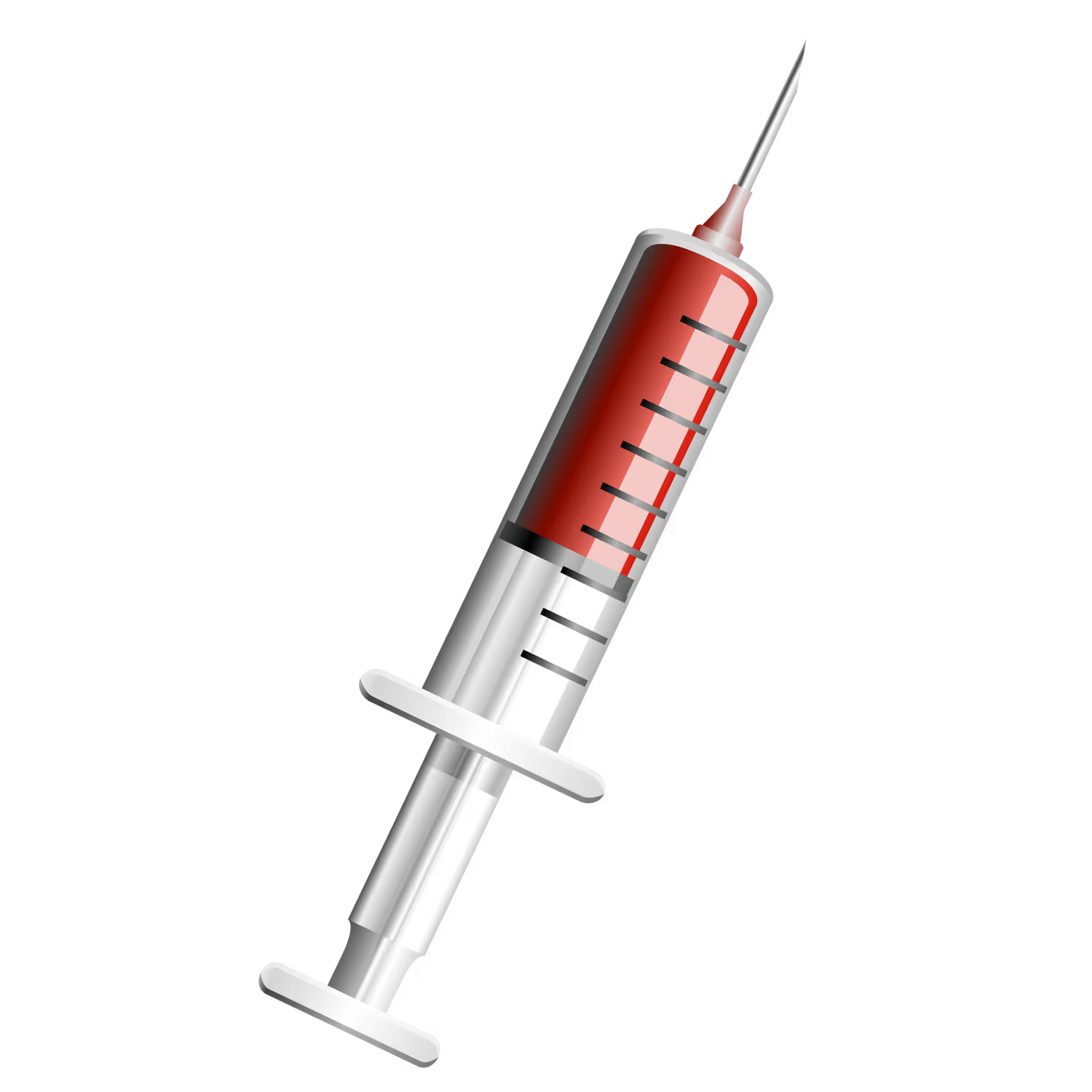Freelance web developer & Marketing analyst
I help entrepreneurs, brands and freelancers like you to launch websites ultra-fast, perfectly referenced and designed to convert.









1 click to transform your business
If you're here, it's probably not by chance. You probably have a digital project in mind, something to launch, improve or boost in the search results. Maybe your traffic has plateaued, your visibility isn't taking off, or you feel that you're missing that little technical and strategic spark to gain momentum. You've come to the right place.
My job is to design a system that combines technical performance with a solid SEO strategy. I'll help you build a digital space that's optimized from A to Z, designed to attract qualified traffic, climb the search results, and convert your visitors into customers.
What my customers appreciate is that I get straight to the point. I focus on what really pays off. My goal is your return on investment. Nothing else.
Your insurance

+80 satisfied customers... and not a single one left empty-handed
More than 80 professionals have trusted me to develop their projectboost their visibility and structure their business. Each mission has been designed to deliver concrete results, not just design. Guaranteed satisfaction, proven effectiveness.

+6 years field experience
Since 2018, I've been working at the heart of digital : Programming web, technical SEO, sales tunnels, automation... I don't just follow trends. I master them, I apply them, I teach them.

Personalized follow-up and support 16/5
Do you have a question? A blockage? A doubt? I'm available Monday to Friday, from 8am to 5pm, to help you immediately, and to answer or discuss your questions until 10pm. You're never alone with your project: I'm with you every step of the way, with responsiveness and precision.
videos edited since 2018
satisfied customers
retention on my videos
of repeat customers
- 🧬
- Web Design
- 🧬
- Web development
- 🧬
- Web Performance
- 🧬
- Web programming
- 🧬
- Business applications
- 🧬
- Natural SEO
- 🧬
- Web Design
- 🧬
- Web development
- 🧬
- Web Performance
- 🧬
- Web programming
- 🧬
- Business applications
- 🧬
- Natural SEO
My solutions for you
by DIGITAL PAINLESS™

Services digitaux
If you want to entrust your website creation, sales tunnel, complete SEO, everything is taken care of.

Accompagements
Tu veux avancer avec un expert qui t’accompagne étape par étape ? Je te coach sur ton site, ton SEO, ton projet ou business.

Formations & Ebooks
Do you want to understand the basics, avoid the pitfalls and build your digital business painlessly? My training courses are for you.

Audit & déblocage
Besoin d’un œil neuf sur ton site , projet ou business ? Je t'écoute et je te propose mes solutions acquis ces 7 dernières années.
Why collaborate
with me

I'm Enock Tonafoun ATEDEKON, freelance web developer for several years and a passion for digital marketing.
A fullstack web developer and SEO++ consultant by profession, I founded my brand PAIN-FREE DIGITAL™.
I create web platforms, tunnels and digital systems that solve real problems: slowness, lack of visibility, lack of conversion.
→ My role? To save you time, money and visibility, by delivering stable, fast and cost-effective solutions.
Need a brain, not a doer? You've just found it.

Why am I your freelance web developer ideal?
My Expertise is sharp
I'm not an amateur who "wants to learn on your back". With over 6 years ofexperience at web development fullstack and SEO++, I think strategy, conversion and visibility. My goal? To create an active site that attracts, captures and converts your visitors into customers.
Your site becomes a lever
With me as developer freelance to order, a web portal isn't a static shop window. It's an engine that saves you time, money and visibility. I design fast, intelligent and results-oriented web platforms, via coding or with WordPress, development without coding and SEO optimized.
I'm in a Pack
Behind me is Loup Digital: a team of experts in SEO, web design, video, strategy and automation. You deal with a single contact, but you benefit from the full strength of a pack of experts. needs. Fluidity, confidence, results. Confidence, fluidity, results. That's my promise to you.
Freelance web developer technologies & tools












My technical expertise
The winning combo of performance, referencing and robustness.
Strategic web design
I design interfaces aesthetic, intuitive and conversion-oriented. Every visual detail is designed to reflect your world while guiding the user to action.
Approach mobile-first for performance, coherent and impactful visual identity, modern UI/UX for easy navigation, strategic choice of colors, typography and visuals.
A beautiful site is good. A beautiful, fast page that sells... that's better.


Creation of optimized & scalable websites
I design and remake website with interfaces and functions tailored to your needs web project. Everything is designed to be fast, scalable and calibrated for SEO performance.
Every line, every block, every visual has a single objective: to convert.
Whether you're looking for an elegant web portal, an online store or an advanced platform, I've got you covered. site solid, optimized and ready for scaling.
My approach: pixel-perfect and responsive implementation, full-stack development (WordPress, HTML, CSS, JS, PHP, React...), customized functionalities (dynamic forms, dashboards, filters, APIs...), security, scalability and maintainability guaranteed.
What you win:
A striking visual aesthetic that enhances your brand
An ultra-optimized base (speed, SEO, responsive)
An experience that transforms user visits into concrete actions
A site isn't just a facade. It's an infrastructure designed to last... and perform.
Technical SEO & Web Performance
Existing on the Internet is good. Being found first is better and more strategic.
I don't just "do SEO". I optimize every technical nook and cranny of your site so that it's loved by Google and adored by visitors. The result? You gain traffic, credibility... and conversions.
My approach: Optimization of Core Web Vitals (LCP, CLS, FID, TTFB); Lightning loading: lazy loading, critical CSS, asynchronous JS; Clear semantic structure: Hn tags, internal linking, structured data; Complete audit & implementation of technical SEO best practices.
Good SEO isn't magic. It's about rigor, strategy... and measurable performance.


Marketing analysis & data-driven strategy
I help you make marketing decisions based on the analysis of concrete data from organic visitor stats, seo and sea campaign stats, not on guesswork.
What you get:
Full tracking via GA4, Matomo or other analysis tools
Customized marketing dashboard to see your performance at a glance
UX & user path analysis to detect friction points
Optimize conversion tunnels to turn more visitors into customers
You'll know exactly what works, what hinders results, and how to adjust your strategy to get your web project off the ground.
Security, maintenance & technical support
Your digital environment to remain stable, secure and always operational. I ensure its durability with rigorous, responsive technical monitoring.
What you have:
Preventive and corrective maintenance (bugs, updates, optimizations)
Complete back-end and environment security
Priority technical support in case of glitch or emergency
Peace of mind guaranteed: I'll keep your site under close surveillance.

Full code & No-Code : My choices
Development with coding
When your project demands performance, scalability or extensive customization, I activate my full know-how.
Development without coding
With a CMS like WordPress, I can create websites conversion tunnels... all in record time.
Mentoring program
Whether you're a beginner with no skills, freelance Whether you're an aspiring entrepreneur, a struggling business owner or a project owner in search of clarity → my mentoring programs will guide you step by step. Resolve your digital hang-ups, learn to sell your services or clarify your strategy with personalized 100 % coaching.
My service store
The winning combo of performance, referencing and robustness.

Website creation
I design fast, high-performance, 100 % customized websites. Whether it's acompanyWhether it's a portfolio, an e-commerce store or an advanced platform, each project is developed with rigor, strategy and precision.

SEO Search Engine Optimization
Your site is invisible on Google and either takes too long to load or attracts too few visitors, 0 traffic research? I'll help you fix it. Thanks to a complete SEO audit, I analyze your site in depth and correct anything that's blocking your seo natural referencing .

Website redesign
A slow, outdated or poorly structured site can cost you every opportunity. day. I propose a complete overhaul to revitalize your site without losing its essence or its current SEO.
The agency that designs, powers and transforms
PAINLESS DIGITAL™
Je suis le fondateur de PAIN-FREE DIGITAL™, une agence web & SEO composée de spécialistes affûtés. Notre objectif ? Créer des écosystèmes digitaux performants, pensés pour la vitesse, le référencement et la conversion.
We support freelancers, entrepreneurs and companies to dominate their markets thanks to the web. Every project is approached like a hunt: with strategy, precision... and impact.


Words sweet
Frequently asked questions
🔹 What is a freelance web developer?
A freelance web developer is a freelance professional specializing in the creation of websites, web or mobile applications, and digital solutions tailored to customer needs. They work independently, often directly with the company or project owner. Thanks to his skills He designs, develops, integrates and optimizes each web page so that it's fast, functional and well referenced.
🔹 Why use a developer to create a website?
Calling in a web developer freelanceWe offer you tailor-made support to create a site that's clean, efficient and adapted to your business. Unlike automatic or generic systems, a developer analyzes your real needs and designs a site that respects the best practices of developmentHe's a specialist in SEO, web aesthetics and performance. He chooses the right tools and technologies to offer your visitors a smooth, professional and engaging experience.
🔹 What kind of websites can you develop?
I design all types of websitesdepending on your objectives:
Showcase site to present your company or activity
E-commerce site to sell online
Web applications or specific platforms depending on your functionalities
Responsive and mobileChaque-optimized sites creation is personalized, designed for performance, web aesthetics and SEO.
🔹 What are your rates as a freelance web developer?
My rates vary according to the nature of the project, its complexity, estimated duration and the resources required. My AADR (average daily rate) is flexible depending on the service: website design, development d'applicationmaintenance, SEO optimization, or connection of customized services. I always provide a personalized, transparent quote, tailored to your means and objectives.
🔹 What's the difference between a full-code solution and a no-code solution?
A fully coded platform is developed from languages such as HTML, CSS, JavaScript, PHP, or Java, which allows total freedom in its design or that of the platform.application. Ideal for projects complex or customized. A System developed without coding, on the other hand, uses ready-to-use environments such as WordPress, Webflow, Airtable or Make. This is an excellent medium launch a project more quickly, with good rendering, without heavy development. I offer both, depending on project needs, budget and deadlines.
🔹 What languages and tools have you mastered?
I are developer front and back-end, which means I work on both the frontend and the backend. My skills include: HTML, CSS, JavaScript, PHP, MySQL, React, WordPress, as well as web design, SEO, automation and content management software. I adapt my languages and frameworks to suit each web project.
It all starts with a discussion phase to understand your needsThen I move on to the technical development, content integration and search engine optimization. Then I move on to designing the site: mock-ups, tree structure, choice of pages, appearance... Then to technical development, content integration, referencing, and finally going online. I'll also help you get started, manage and maintain your site. Each mission is focused, structured and quality-oriented.
🔹 How does a web design project work with you?
It all starts with a discussion to understand your needs, your objectives and your business. Then I move on to the creation of the system: mock-ups, tree structure, choice of pages, SEO strategy... Then to technical development, content insertion, referencing, and finally going online. I'll also help you get started, manage your site and maintain it. Every assignment is structured and quality-oriented.
🔹 How to become a freelance web developer?
You want to become developer freelance? Start here: learn to code. Not just skimming a few tutorials. You need to master HTML, CSS and JavaScript. You also need to understand how to use WordPress, front-end frameworks, and a bit of back-end too. The goal is to know how to do it, without needing help.
Once it's solid, choose a status. Micro-business is often the easiest way to get started. Then, show what you can do. Create a portfolio. Real projects: a showcase portal, an online store, a redesign for a friend... anything that gives you confidence.
After that, put your offers in black and white. What you offer, how you work, what it costs. And above all: make yourself visible. Create a personal website, be present on freelance platforms, get out there on the pro networks. Make it easy for customers to find you.
And then there's adaptation. One day you're asked to do a simple integration, the next a custom development. The more flexible you are, the more you'll find missions. And the more you progress.
Yes, this job gives you real freedom. But without rigor, curiosity and vision... you risk stagnating. So take it one step at a time, keep your eyes open, and above all: stay aligned with what you want to build.
🔹 How much does a freelance web developer charge?
Visit price list freelance developer depends on several factors: its level, the services required (presentation platform, e-commerce, link between specific systems, etc.) and the technologies used (CMS or customized systems, etc.). On average, a developer charges between €200 and €600 per day. Some also opt for a fixed price, especially for projects without a fixed price. codeor redesign of page web. Depending on the choice, the freelance developer is guaranteed a substantial monthly income to make a good living from his art.
🔹 What is the average salary of a freelance web developer?
The average income of a developer The number of independent IT specialists varies according to business activity, customers and positioning. With a good portfolio of projects (redesign, creation e-commerce site, program integration or technical support), a developer can earn between €1,500 and €6,000 per month. But this figure also depends on the management of expenses, administrative procedures and the regularity of assignments. It's worth noting that freelancing platforms like ComeUp take all the red tape out of the equation, whether it's accounting or legal.
🔹 What are your rates as a freelance web developer?
My rates vary according to the nature of the project, its complexity, estimated duration and the tools required. My TJM (average daily rate) is flexible depending on the service: showcase site design, application development, maintenance, SEO optimizationor integration made-to-measure. I always provide a personalized, transparent quote, tailored to your means and objectives.
🔹 Can I work freelance as a web developer?
Yes, that's right! If you have skills solid techniques (mastery of codeIf you're a freelance developer, you'll be able to work on a wide range of projects (showcase, redesign, e-commerce, etc.). This profession offers a great deal of freedom, with the possibility of choosing your services, working on different types of projects (showcase, redesign, e-commerce) and even evolving towards a front- and back-end profile. With this kind of profiling, you can avoid all the red tape by selling on the Internet. ComeUp for example.
🔹 How do you get started as a freelance web developer?
Here are the key steps:
Strengthen your technical skills (front-end, back-end, connection of servicesCMS Populaire, Javascript...).
Create a status for your services.
Work on your positioning (content creation, freelance profiles, portfolio).
Choose your place in the market: tenchonologies frontend, backend, CMS or e-commerce specialty, e-learning, sales tunnel, etc.
Get started with a clear initial quote, a well-designed offer, and start responding to users looking for solutions.
With the right strategy, the right tools (such as the right software and frameworks) and a little perseverance, you can launch a successful freelance business. web developer.
PAINLESS DIGITAL™
Digital success is not a spell
But the fruit of enlightened strategy and unfailing commitment

